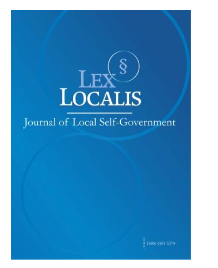GRAPHIC NOVELS AS MULTIMODAL TOOLS FOR DEVELOPING CRITICAL THINKING AND ARGUMENTATIVE WRITING SKILLS IN ELT
DOI:
https://doi.org/10.52152/8csjzw57Keywords:
graphic novels, argumentative writing, gender equity, Education for Sustainable Development (ESD), English Language Teaching (ELT)Abstract
Enhancing argumentative writing skills while fostering critical awareness is a primary objective in undergraduate English language education, particularly for students learning English as a second language. This study investigates the educational advantages of incorporating the graphic novel "The Witch Boy" by Molly Ostertag into the curriculum for first-year undergraduate English students at a Tier-2 college in Telangana, India. Utilizing a quasi-experimental design, the research compared a control group taught through traditional methods with an experimental group that engaged with the novel. Student writing was assessed through pre- and post-tests in four domains: organization, evidence and justification, content, and mechanics. The findings indicate that the experimental group demonstrated significantly greater improvement, especially in evidence-based reasoning and writing mechanics accuracy. Furthermore, classroom discussions regarding the narrative's depiction of gender roles facilitated critical engagement with broader social issues, underscoring the potential of multimodal texts to connect language instruction with students' real-life experiences. The results suggest that integrating socially relevant, multimodal materials into English language teaching can enhance academic literacy outcomes while fostering the development of critical, reflective learners in ESL contexts.
Downloads
Published
Issue
Section
License
Copyright (c) 2025 Lex localis - Journal of Local Self-Government

This work is licensed under a Creative Commons Attribution-NonCommercial-NoDerivatives 4.0 International License.








